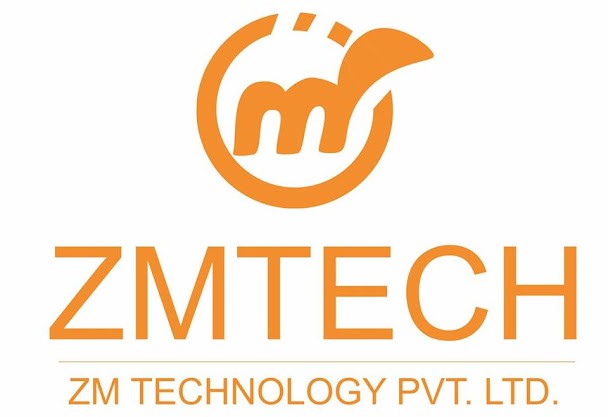Point of sale (POS Machine)
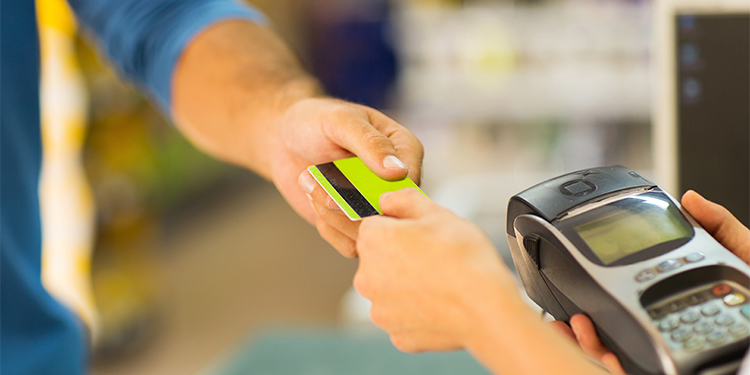
P6K:
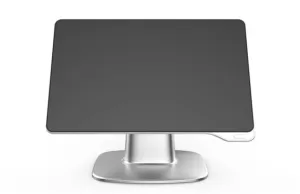
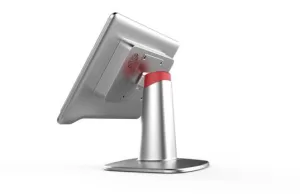
P8K:
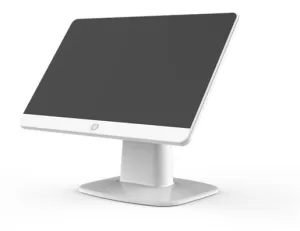
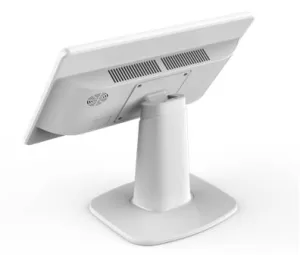
P8S:
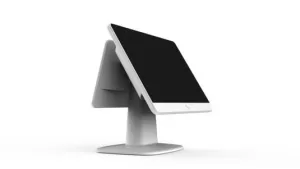
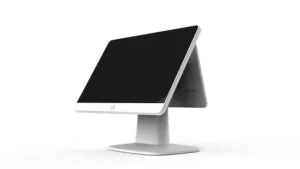
P10CKP:
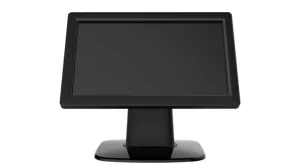
P11K:
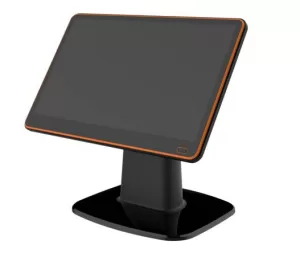
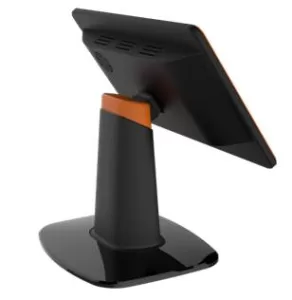
P12K:
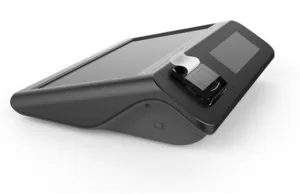
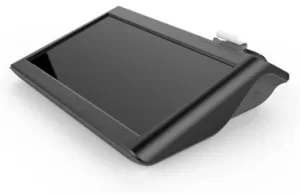
P15:
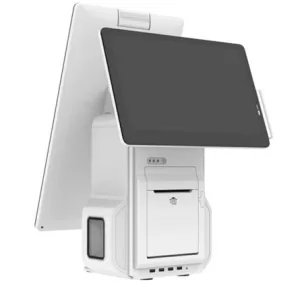
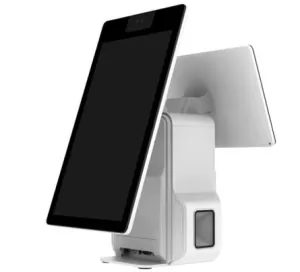
HD01:
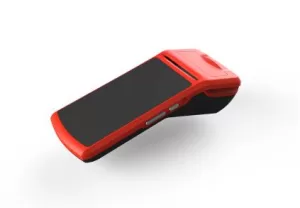
A Point of Sale (POS) machine, also known as a POS terminal or POS system, is a hardware device that facilitates transactions between customers and businesses at the point of sale. These machines play a crucial role in retail, hospitality, and various other industries where goods or services are sold. Here’s a description of the key components and features typically found in a POS machine:
- Touchscreen Display:
- POS machines usually feature a touchscreen display that serves as the primary interface for transaction processing. Touchscreens allow for easy navigation through the system’s functions.
- Barcode Scanner:
- A barcode scanner is used to quickly and accurately scan product barcodes. This automates the process of entering product information and ensures accurate pricing.
- Card Reader:
- Most modern POS machines come equipped with a card reader to accept various payment methods, including credit and debit cards. The card reader can be integrated into the POS terminal or connected externally.
- Receipt Printer:
- A receipt printer generates transaction receipts for customers. There are different types of receipt printers, including thermal and impact printers, each with its advantages in terms of speed and cost.
- Cash Drawer:
- The cash drawer is used to store cash, coins, and receipts. It is typically connected to the POS terminal and automatically opens when a cash transaction is completed.
- Keyboard or Keypad:
- Some POS machines include a physical keyboard or keypad for manual input, especially in scenarios where data entry is required. This can be useful for entering product codes, discounts, or other information.
- NFC/Contactless Payment Support:
- Many POS terminals are equipped to handle Near Field Communication (NFC) or contactless payments, allowing customers to make transactions using their smartphones, smart cards, or other contactless payment methods.
- Customer Display:
- Some POS machines have a secondary display facing the customer, showing transaction details, pricing, and other information. This enhances transparency and allows customers to verify their purchases.
- Wi-Fi/Internet Connectivity:
- POS machines are often connected to the internet or local network for real-time transaction processing, inventory updates, and reporting.
- Security Features:
- POS machines include security features such as encryption to protect sensitive customer and payment information.
- Some POS terminals support additional security measures like biometric authentication for user access.
- Operating System and Software:
- POS machines run on specialized software designed for transaction processing, inventory management, and other business operations.
- The operating system which we are providing is Android.
- Integration Capabilities:
- POS machines may integrate with other business systems, such as inventory management software, accounting software, or customer relationship management (CRM) systems.
POS machines are available in various configurations to cater to the specific needs of different businesses, ranging from small retail stores to large hospitality establishments. The choice of a POS system depends on the business’s size, industry, and specific requirements.
